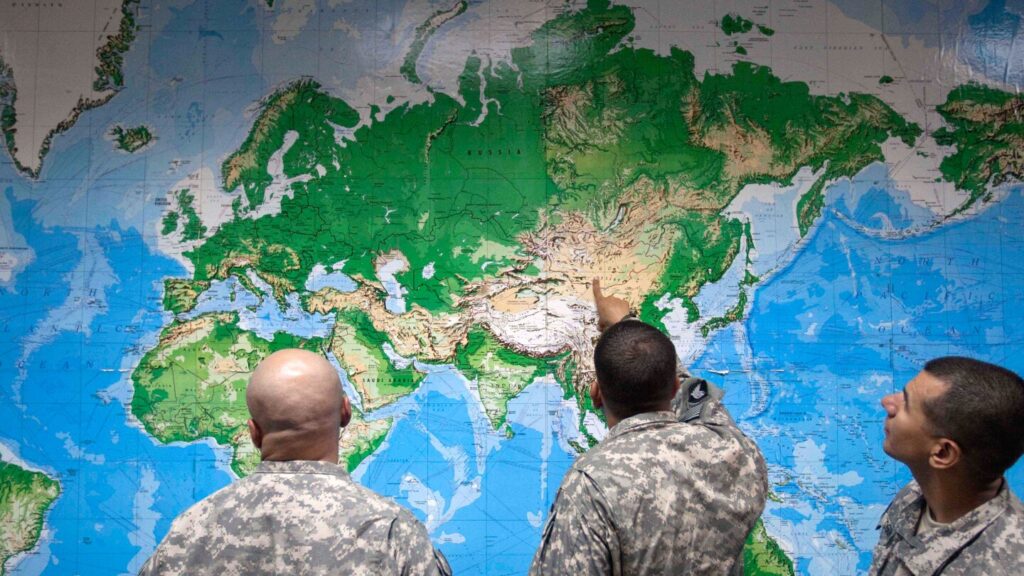DAKAR, Senegal (AP) — On the Mercator projection, one of the world’s most popular maps, Greenland and Africa appear to be about the same size. But on the Equal Earth projection showing continents in their true proportions, 14 Greenlands would easily fit inside the African continent.
Criticism that the Mercator projection does not accurately reflect Africa’s real size is not new.
However, a recent campaign by African advocacy groups is gaining momentum online as it urges organizations and schools to adopt the Equal Earth projection, which they say more accurately displays the size of the continent of more than 1.4 billion people.
The African Union, the continent’s diplomatic organization with 55 member countries, endorsed the campaign last week in what advocates call a major milestone.
Here is what to know about the effort to show Africa’s real size to the world.
Africa appears too small on most modern maps
The Mercator map was created in the 16th century by Flemish cartographer Gerardus Mercator. Designed to help European navigators at sea, the map distorted landmasses by enlarging regions near the poles such as North America and Greenland while shrinking Africa and South America.
The 2018 Equal Earth projection is a modern map that follows the Earth’s curvature and shows continents in their true proportions, unlike the distorted Mercator map.
The Mercator projection is still common in classrooms and tech platforms. Google Maps dropped the widely used projection for a 3D globe on desktop in 2018, but users can switch back to the old map. The mobile app still defaults to the Mercator projection.
Groups campaign to replace the global map
Two African advocacy groups, Africa No Filter and Speak Up Africa, launched a campaign in April to push schools, followed by international organizations and media outlets, to use the Equal Earth projection, which it says more accurately reflects the true size of Africa.
“Correcting the map is not only an African issue. It is a matter of truth and accuracy that concerns the entire world. When whole generations, in Africa and elsewhere, learn from a distorted map, they develop a biased view of Africa’s role in the world,” said Fara Ndiaye, co-founder and deputy executive director of Speak Up Africa.
For non-Africans, a shrunken representation of Africa minimizes its demographic, economic and strategic significance, Ndiaye added.
The African Union endorsed the campaign on Aug. 14, the largest body to sign on to the campaign so far, marking a significant milestone for the Change The Map campaign.
Geographers say the Mercator projection is outdated
Mark Monmonier, a Syracuse University professor of geography, said the Mercator projection is obsolete and geographers have long advised people to not use it as a world map.
“It was a useful navigation tool in the 16th century, because it has straight lines, giving navigators a line of constant direction to sail along,” Monmonier said. “But outside of that very narrow navigation application, there is no point in using it.”
While maps following the curvature of the earth, like the Equal Earth projection, offer a more accurate scale of continents true sizes, he nonetheless warned that bar graphs remain the best way to compare the sizes of different continents.
“When you put irregularly shaped areas on a flat paper, people are going to have a hard time accurately comparing the size of landmasses,” Monmonier said.

